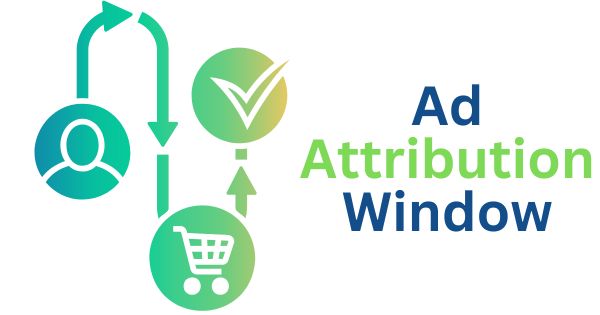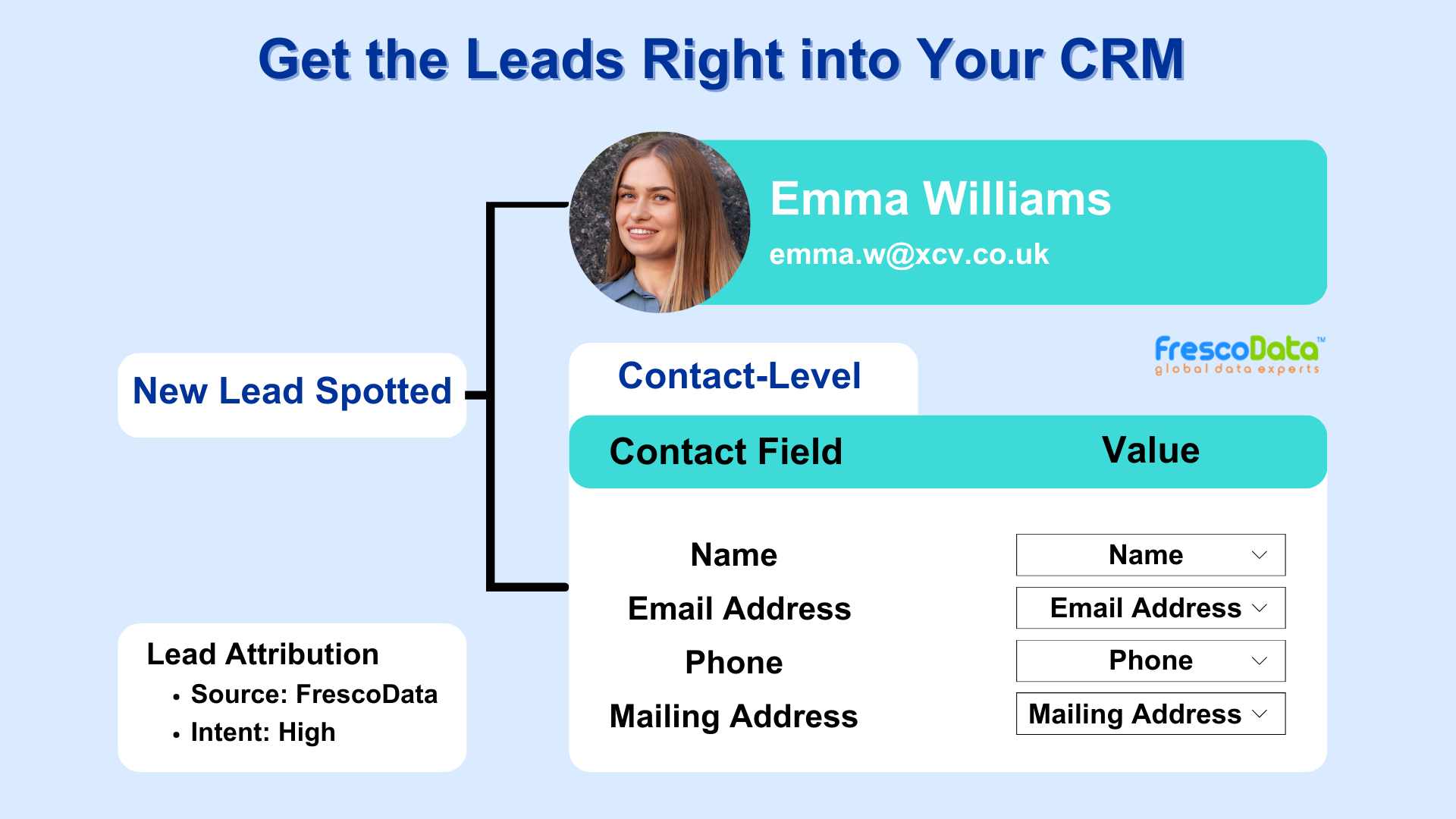What is an Ad Attribution Window?
An ad attribution window, also known as a conversion window or lookback window, is a specified time period during which interactions or touchpoints with an advertisement are credited for influencing a desired outcome, such as a conversion or sale. It represents the duration within which a user’s actions are considered in the attribution model. The choice of the attribution window is crucial in determining how credit is assigned to various marketing channels and touchpoints in the customer journey.
For example, an advertiser sets an attribution window of 2 weeks. If a user clicks on an ad within 2 weeks, the ad publisher will get the credit.
Approach to Ad Attribution Window

Define Business Objectives
Understand the business objectives and goals that the ad attribution analysis aims to support. Different objectives may require different attribution windows.
Consider Customer Journey Length
Evaluate the typical length of the customer journey in the industry and for the specific product or service. Choose an attribution window that aligns with this journey length.
Industry Benchmarks
Consider industry benchmarks and best practices when determining the appropriate attribution window. Industries with shorter sales cycles may have different norms than those with longer cycles.
Test and Iterate
Test different attribution windows to understand their impact on results. Iterate based on the insights gained and refine the window duration to improve accuracy and relevance.
Align with Campaign Goals
Align the attribution window with the goals of specific campaigns. For short-term, time-sensitive campaigns, a shorter window may be more appropriate, while longer windows may be suitable for brand-building efforts.
Regular Review
Regularly review and reassess the chosen attribution window, especially if there are changes in customer behavior, market dynamics, or campaign strategies. Adjustments may be necessary to maintain relevance.
Stay Updated
Recent Blogs

3 Reasons to Buy Email List
Are you hesitant to buy email list for your business? Some would say buying an email list ...
November 18, 2024
Sales Follow-up Email After No Response!
70% of sales reps don’t follow up with prospects after no response. (Source) Are you...
September 2, 2024
5 CTV Advertising Tips to Get The Most Out of It
Connected TV has opened up many interesting opportunities for advertisers, allowing them t...
August 27, 2024